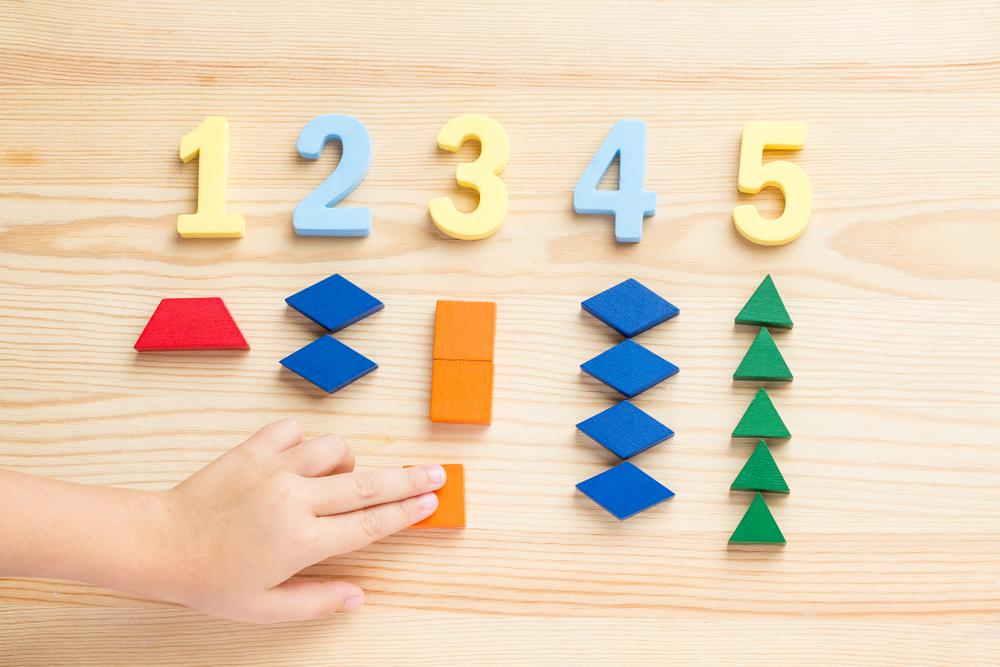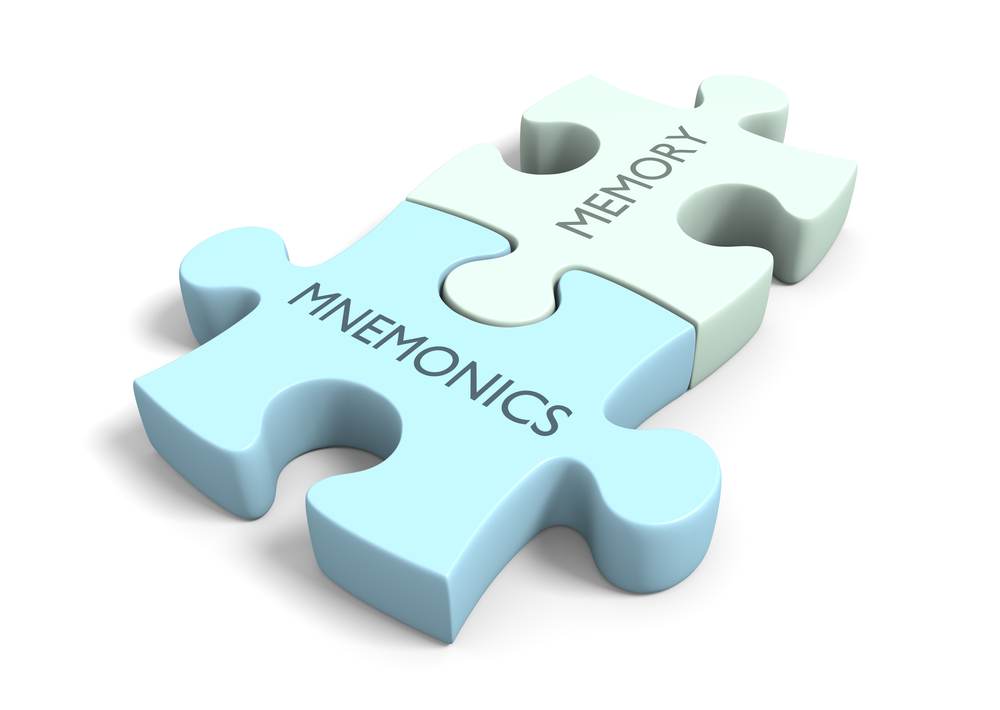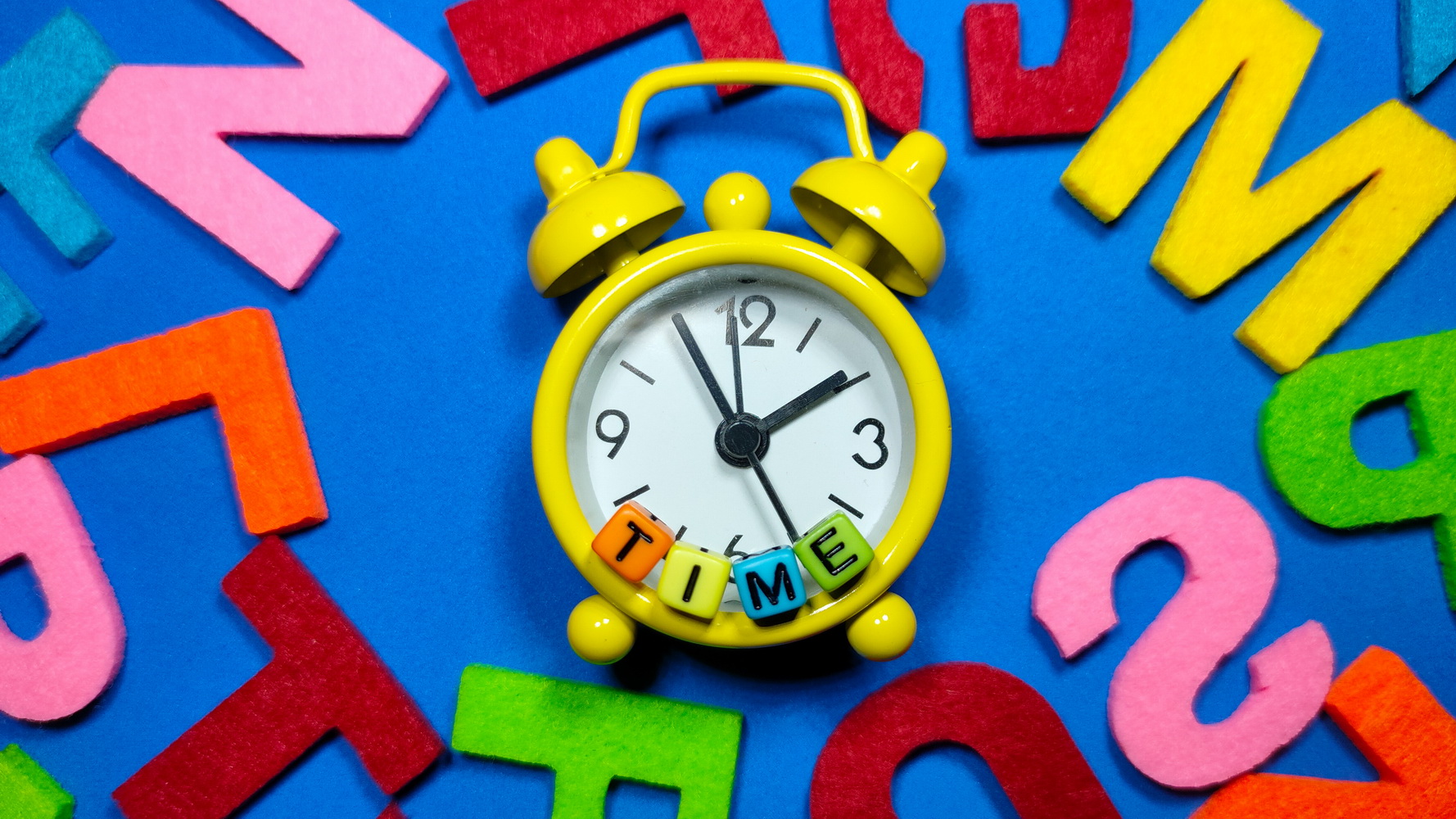Shape identification Normal Math Worksheets for Ages 4-6
6 filtered results
-
From - To
Discover our Shape Identification Normal Math Worksheets designed for children ages 4-6! These engaging and interactive worksheets help young learners recognize, name, and classify various shapes in a fun and lively way. With colorful visuals and easy-to-follow instructions, children will build a solid foundation in geometry while enhancing their fine motor skills. Each worksheet is tailored to spark curiosity and promote critical thinking, fostering an early love for math. Ideal for classroom use or at-home learning, these resources ensure your child’s learning journey is both educational and enjoyable. Start shaping their future with our exciting shape identification worksheets today!
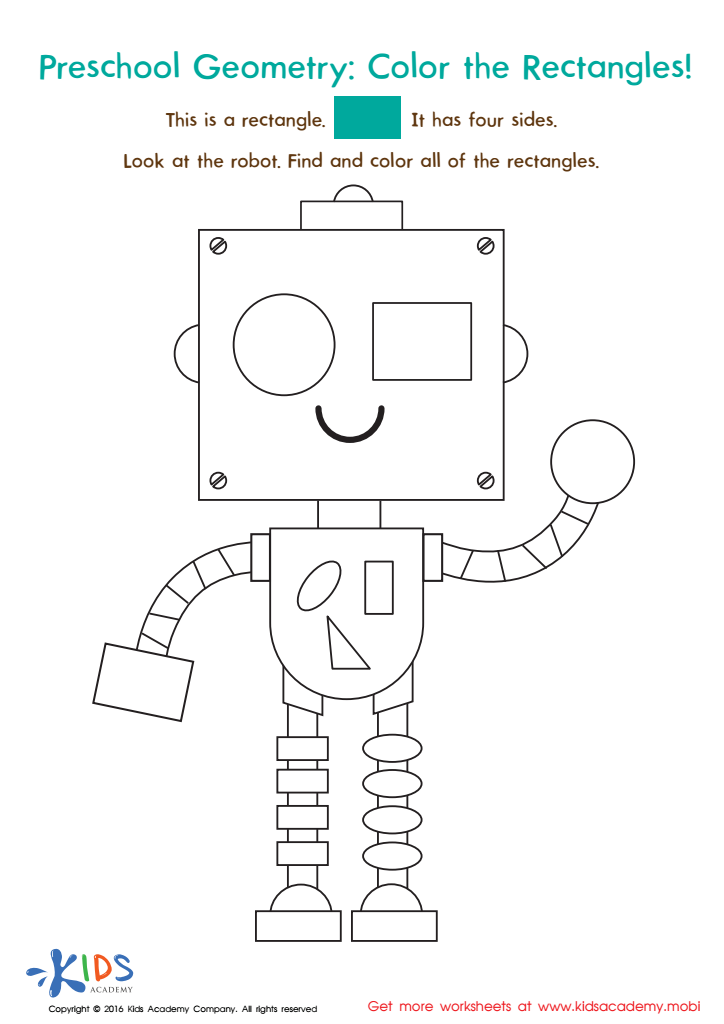

Geometry Worksheet
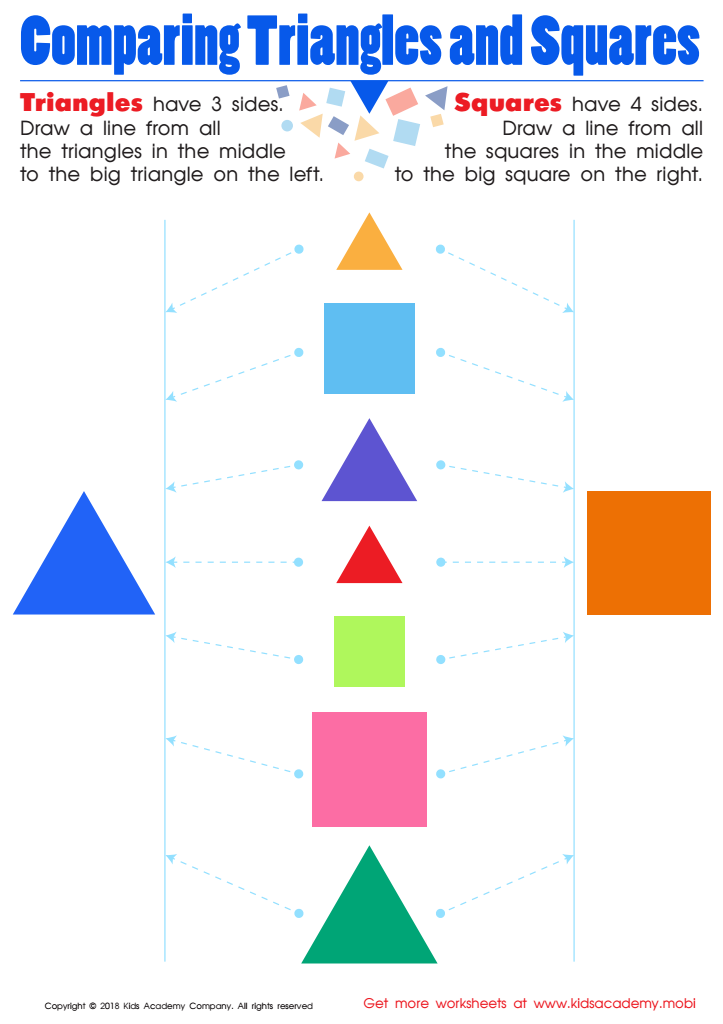

Comparing Triangles Squares Worksheet
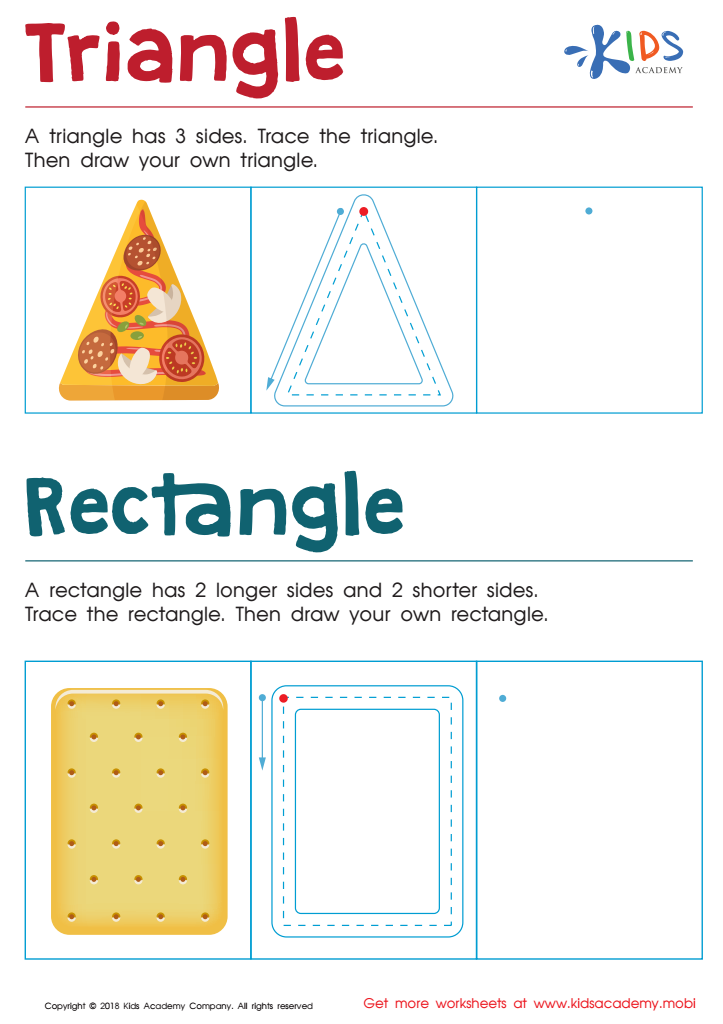

Triangle Rectangle Worksheet
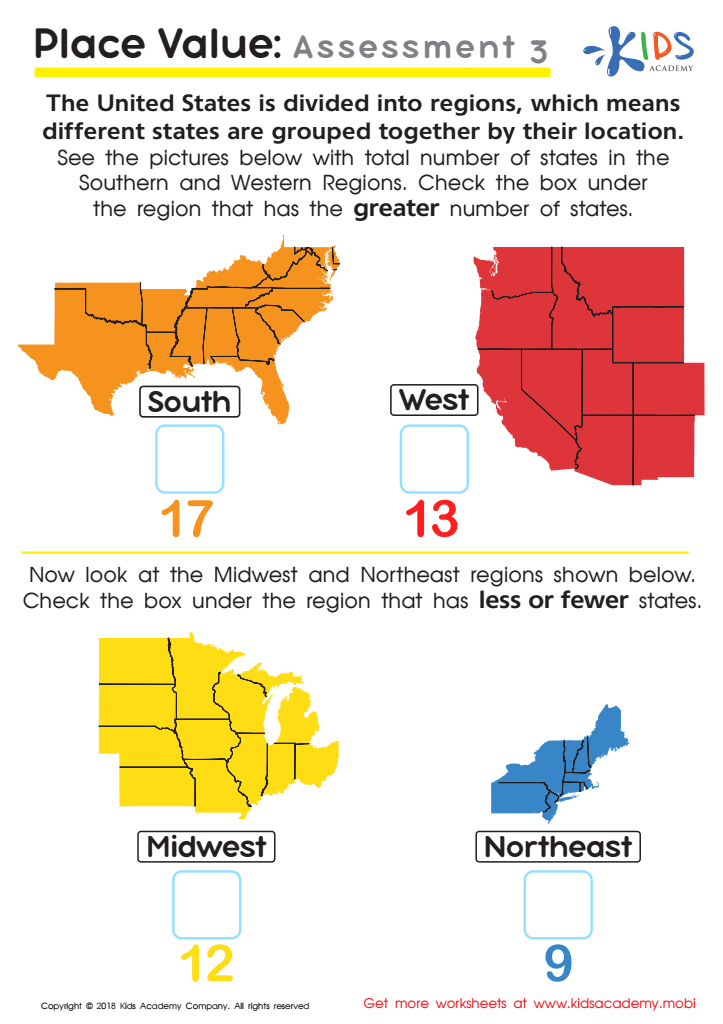

Place Value: Assessment 3 Worksheet
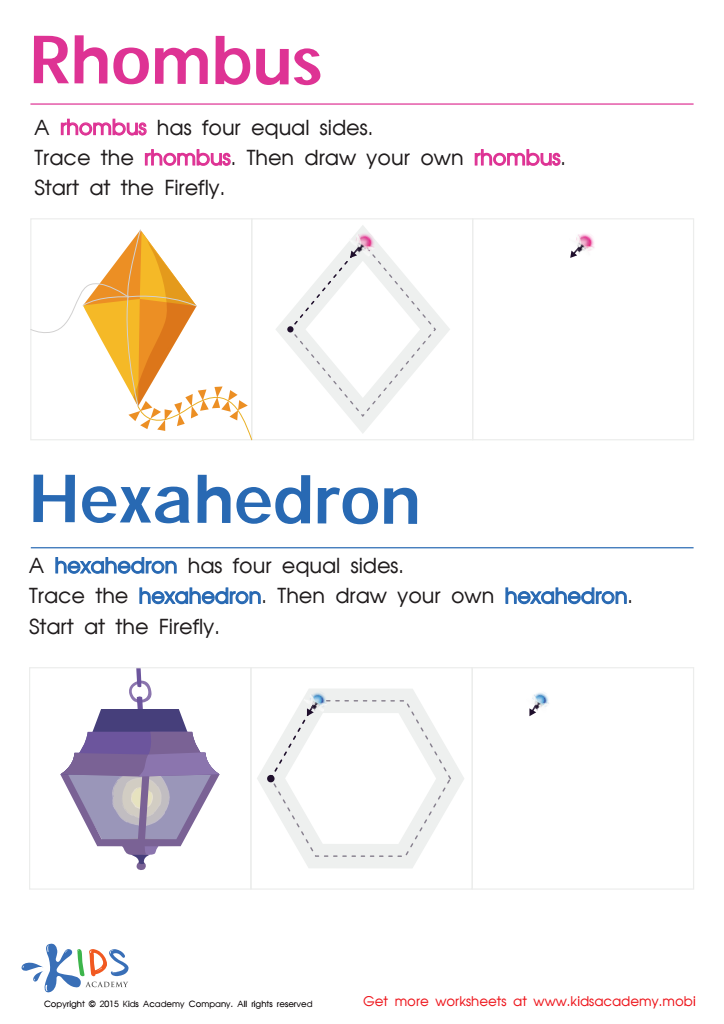

Draw a Rhombus And a Hexahedron Printable
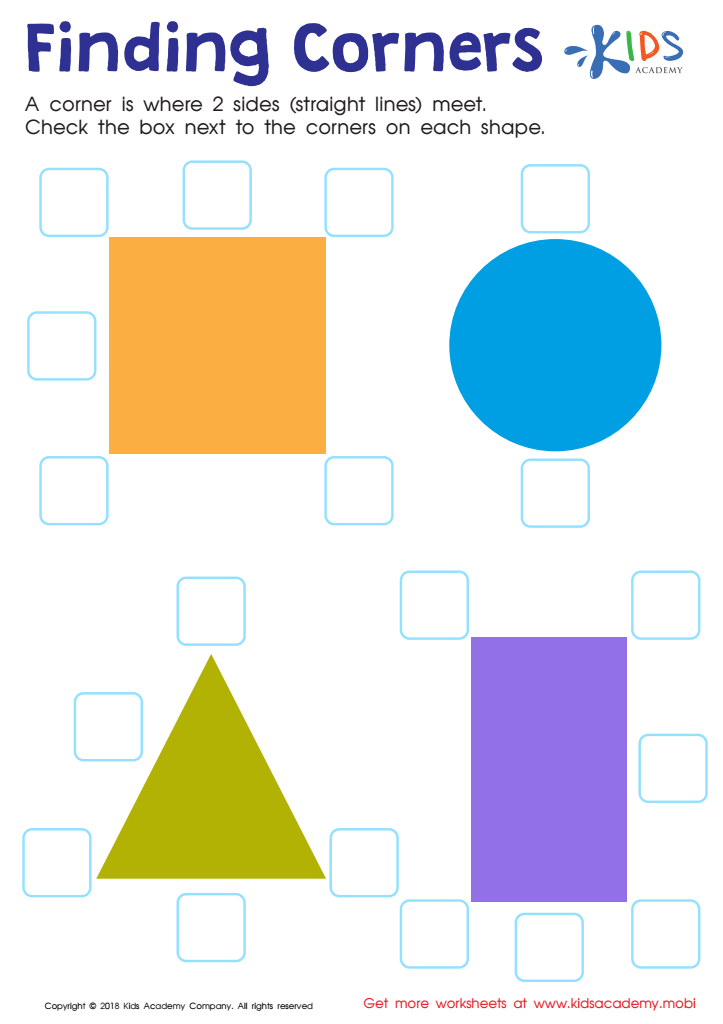

Finding Corners Worksheet
Shape identification is a fundamental aspect of early math education for children aged 4 to 6. This skill lays the groundwork for more complex mathematical concepts and critical thinking skills. When parents and teachers focus on teaching shape identification, children not only learn to recognize and name shapes like circles, squares, and triangles, but they also begin to understand spatial relationships and how shapes relate to the objects in their environment.
By nurturing shape recognition, children enhance their abilities to categorize and analyze the world around them. This early exposure fosters cognitive skills such as problem-solving and logical reasoning. Additionally, it supports their language development, as they learn to describe and discuss the properties of shapes, enriching their vocabulary and communication skills.
Moreover, shape identification plays a significant role in developing fine motor skills through activities that involve drawing, cutting, or constructing shapes. Engaging young learners in playful and interactive ways—such as through puzzles, games, or arts and crafts—makes learning enjoyable and effective.
In summary, shape identification is crucial not only for mathematical competence but also for holistic development, and it's a vital focus for both parents and educators as students embark on their learning journey.
 Assign to My Students
Assign to My Students



